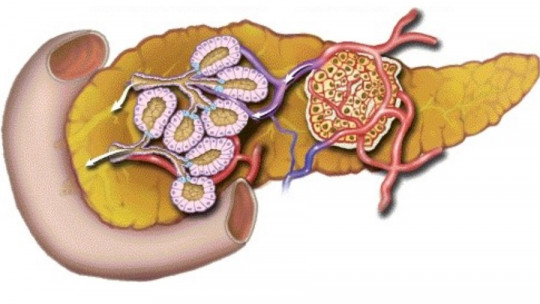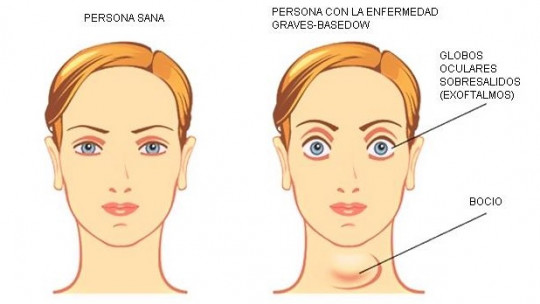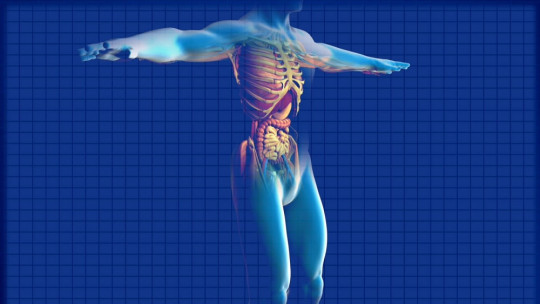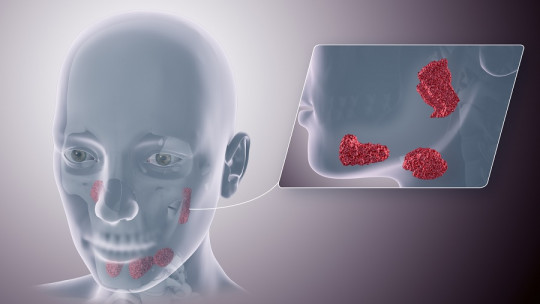The endocrine system is the set of organs and tissues of the body that They secrete a series of compounds known as hormones
These substances, produced and released by the endocrine glands, are released into the bloodstream to travel through it and regulate specific functions at points far from their place of production.
Among the main hormone-secreting structures we find the hypothalamus, pituitary gland, thyroid gland, epiphysis or pancreas, among many others. These substances traveling through our circulatory system modulate really important functions in the human body: from metabolism and growth to reproduction.
Therefore, excessive or deficient production of these essential messengers can lead to various imbalances in terms of the metabolic and behavioral balance of the individual. Here we tell you some diseases of the endocrine system and their peculiarities
Diseases of the endocrine system: between messengers and controllers
Before diving fully into the diseases of the endocrine system of greatest clinical interest, it is necessary to quickly fly over the world of hormones, since we cannot understand the effects of their lack or excess without understanding their functions. In general, the hormonal effect can be differentiated into three possible events :
Simple truth? Things get complicated if we take into account the type of hormonal communication (endocrine, paracrine, autocrine or neuroendocrine) or the chemical classification of the substances (water-soluble and fat-soluble). Fortunately or unfortunately, we are not facing an advanced biochemistry lesson, and therefore, we just want to make one idea clear. This is that Endocrine disorders are divided into two different modalities :
Diseases of the endocrine system are due to the fact that, as with any biological adaptation, an element of the human body can give rise to diseases despite the fact that its existence is due to the fact that it is usually beneficial. That is, an adaptation can continue to be transmitted to new generations as long as the benefits it provides offset the diseases to which it gives rise (specifically, pathologies that hinder the ability to reproduce and have offspring).
We must not forget that hormones are molecules and, therefore, they are not intelligent; and the same happens with the glands that secrete them. Therefore, when their way of functioning begins to fail, they do not have to “learn” to correct the situation, so In many cases, external help through medical treatments is necessary
We are facing a very general division, but it certainly helps to categorize the different diseases of the endocrine system in a simple and effective way. Now, let’s get into it.
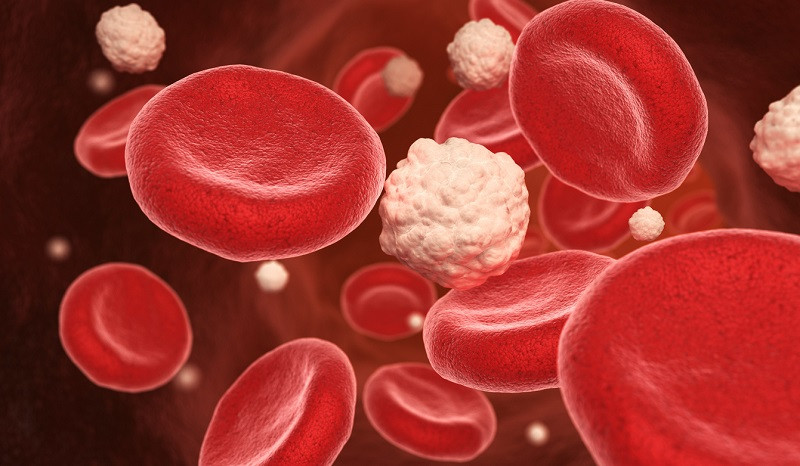
Its main types
These are examples of the most important types of diseases of the endocrine system, taking into account which are the most common pathologies of this class.
1. Hyperthyroidism
Hyperthyroidism presents with a characteristic clinical picture due to the hyperproduction of thyroid hormones by the thyroid (pardon the redundancy), and is due to multiple causes. According to the Ramón y Cajal University Hospital, this pathology affects 0.3 to 1% of the general population. It is more common in women than in men and in the geriatric population it can reach a prevalence of almost 5%. Therefore, we are facing a pathology widely linked to age.
Among its most common symptoms is heat intolerance, palpitations, nervousness, insomnia, irritability, hyperkinexia, weight loss and hyperdefecation All of these signs are caused by the hyperproduction of the aforementioned thyroid hormones, since these control the use of energy in many tissues and processes.
Finally and to conclude this brief summary, we must not forget that Graves’ disease is the most common general cause of hyperthyroidism. In this disorder, the immune system mistakenly attacks the thyroid gland, causing its hyperstimulation.
2. Hypothyroidism
As we can see from the prefix of the term, we are facing the completely opposite case. in hypothyroidism The thyroid gland does not produce enough of the hormone already mentioned, which causes various alterations in the chemical balance of the individual.
Once again, we are faced with a pathology that is biased by age and sex: only 0.2% of men present it, while up to 2% of women may experience it late in their lives.
As in the previous case, the associated symptoms will vary depending on the severity of the hormonal deficiency. Furthermore, these signs are succinct and gradual: they range from a dull facial structure to confusion and constipation. Of course, when observing a patient with prolonged hypothyroidism, it is common to feel that the person is “running out of battery.”
It is very important to know that in the Global South and other areas where economic development is low, this disease is very common. This is due to a chronic lack of iodine in the diet
3. Cushing’s disease
We change the paradigm completely, because now we must focus our attention on a malfunction of the pituitary gland, leaving behind the already known thyroid gland. In this case, the endocrine gland in question produces an excess of the hormone adrenocorticotropin, which promotes the formation of cortisol (also known as the stress hormone).
We are facing a pathology that is even less common than the previous ones, since only 1.2 to 2.4 cases occur annually per million inhabitants. Again, women are up to 8 times more likely to suffer from it at some point in their lives.
Furthermore, this pathology is not usually as linked to autoimmune disorders as is the case with the previous two, but rather usually occurs after prolonged ingestion of corticosteroid medications or due to the presence of a pituitary tumor.
The most common symptoms are obesity above the waist, round and red face and slow growth rate in children Again, it will not surprise readers to observe that we are dealing with a pathology that presents itself in varied and apparently unconnected forms. As we have seen so far, hormones regulate a series of very diverse processes, so it is natural that the clinical manifestations are different.
- You may be interested: “Neuroendocrine system: parts, functions and characteristics”
4. Diabetes
How can we make a list of the most relevant diseases of the endocrine system without talking about diabetes? As macabre as it may seem, we left the most interesting for last (from an epidemiological point of view).
Diabetes is defined as a disease in which blood sugar (glucose) levels are very high This occurs due to inappropriate use or utilization of the hormone insulin by the individual. The World Health Organization (WHO) collects a series of data of great interest about this pathology:
The number of people with diabetes increased from 108 million in 1980 to 422 million in 2014. The prevalence of diabetes has increased from 4.7% to 8.5% in recent decades. It is estimated that in 2016, this pathology was the cause of 1.6 million deaths.
Of course, we are facing the queen of diseases of the endocrine system. Symptoms of diabetes include increased thirst and urination, increased appetite, fatigue, blurred vision, numbness in the hands and feet, ulcers that do not heal, and unexplained weight loss. Depending on the type of diabetes (1 or 2), the signs can be rapid or very slow and prolonged in time.
Furthermore, it is necessary to emphasize that This type of disorder in type 2 is conditioned by factors extrinsic to the individual (something new in this space), since overweight, physical inactivity, the location of fat and obesity are clearly correlated with the risk of developing type 2 diabetes.
We are facing a pathology that is treated almost as if it were a pandemic or a viral disease, since The WHO has launched various plans for the detection and prevention of this hormonal imbalance Among them we find the “WHO Global Strategy on Diet, Physical Activity and Health” or “The WHO module on the diagnosis and treatment of type 2 diabetes”. Without a doubt, it is a fascinating disease from a clinical point of view, since its emergence and prevalence have increased considerably in recent years.
Summary
As we have seen, we are faced with a series of very multifaceted pathologies, since they manifest with very general clinical pictures and variable affectation depending on the excess (or deficiency) of the affected hormone. Furthermore, it is important to emphasize that we have left various diseases in the pipeline, such as Addison’s disease, acromegaly and different disorders of puberty and reproductive function.
Fortunately, Detection of these types of disorders is usually simple when they are suspected , since measuring hormonal concentrations in the blood is enough to begin making an effective diagnosis. Although many of them have an important genetic component or are beyond the reach of the patient (such as the formation of tumors or autoimmune failures), it is necessary to emphasize that other pathologies such as diabetes are linked to the lifestyle and sedentary lifestyle of people. .



